- Write by:
-
Tuesday, February 2, 2021 - 12:37:50 PM
-
591 Visit
-
Print
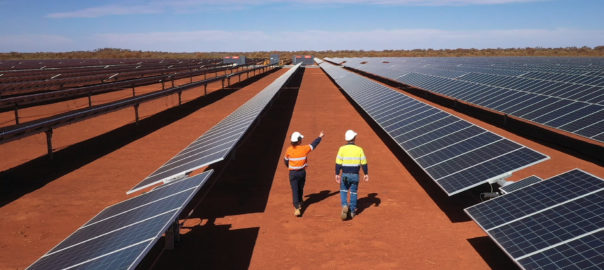
Mining News Pro - Aggreko plans to invest up to $600 million a year to support the mining sector’s energy transition, responding to the industry’s requests for energy alternatives to fossil diesel.
Mining companies are intending to reduce their capital costs while lowering their emissions according to their emission targets.
Aggreko’s global head of mining, Rod Saffy, said that the transition would take a phased approach.
“Miners are interested in hybrid projects that utilise solar and batter storage and are looking to us to become their independent power provider for the life of their projects,” he said.
Aggreko is also investing in pilot projects to evaluate hydrogen as a fuel source.
“We are … exploring how we can integrate green hydrogen into our fleet, and how we can combine it with renewables and battery storage to build efficient and resilient hybrid systems, which simultaneously help our customers to achieve their sustainability goals,” Saffy said.
Aggreko has set a net zero emissions target by 2050 and is backing this with a $450 to $600 million investment each year.
Aggreko Australia Pacific managing director George Whyte said mining companies were facing a great challenge of reducing their emissions with Paris Agreement, as well as their own commitments to net zero emission targets by 2030 and 2050.
“I believe that in the future we will see more miners partnering with power providers who are able to provide highly efficient, but also low-carbon solutions like Aggreko,” he said.
“They don’t have to fear that power capital they invest in will be obsolete in five years’ time.”
Aggreko stated that it would invest in the capital, remotely monitor the power solutions and provide maintenance and technological upgrades without requiring mining companies to be the power solutions specialist.
Aggreko has delivered its hybrid power solutions to mine sites across 80 countries including in Australia, North America, South America, Africa and Southeast Asia.
“Just 30 years from now – in 2050 – increasing electrification and the growing world population means global electricity demand is expected to rise by 70 per cent,” Whyte said.
“This means the need for flexible, reliable and integrated solutions with lower carbon and local emissions has never been greater, and our market for temporary, distributed energy is growing.”
Short Link:
https://www.miningnews.ir/En/News/610300
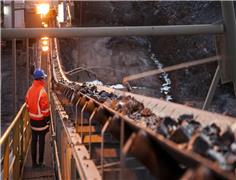
Copper traded near $10,000 a ton, hitting a new two-year high on its way, as investors continue to pile in on a bet that ...
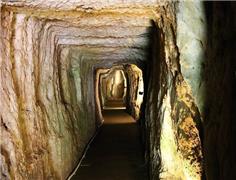
Adriatic Metals is taking over as the operator of the Rupice deposit development, which is part of the company’s Vares ...
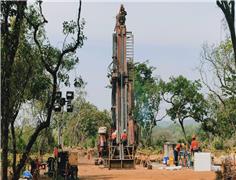
A prefeasibility study for Predictive Discovery’s (ASX: PDI) Bankan gold project in Guinea gives it a net present value ...
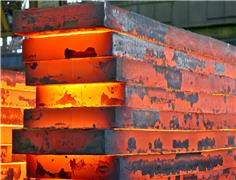
Iron ore futures prices drifted higher on Thursday as the latest soft data from top consumer China triggered renewed ...
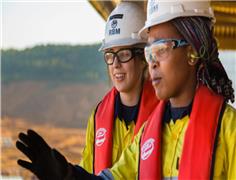
Rio Tinto said on Wednesday it is teaming up with a global venture studio and start-up investor to back the development ...
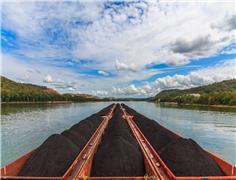
Outflows from global physically backed gold exchange traded funds (ETFs) continued for a 10th month in March, but at a ...
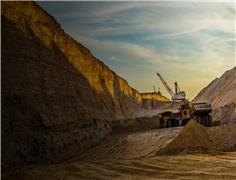
Australia’s Fortescue said on Monday it would form a joint venture with OCP Group to supply green hydrogen, ammonia and ...
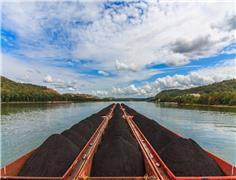
BMO Bank quietly dropped its policy restricting lending to the coal industry in late 2023, helping it avoid being ...
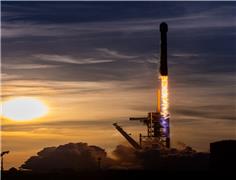
Australian space exploration company Fleet Space Technologies has successfully deployed its next-generation Centauri-6 ...
No comments have been posted yet ...